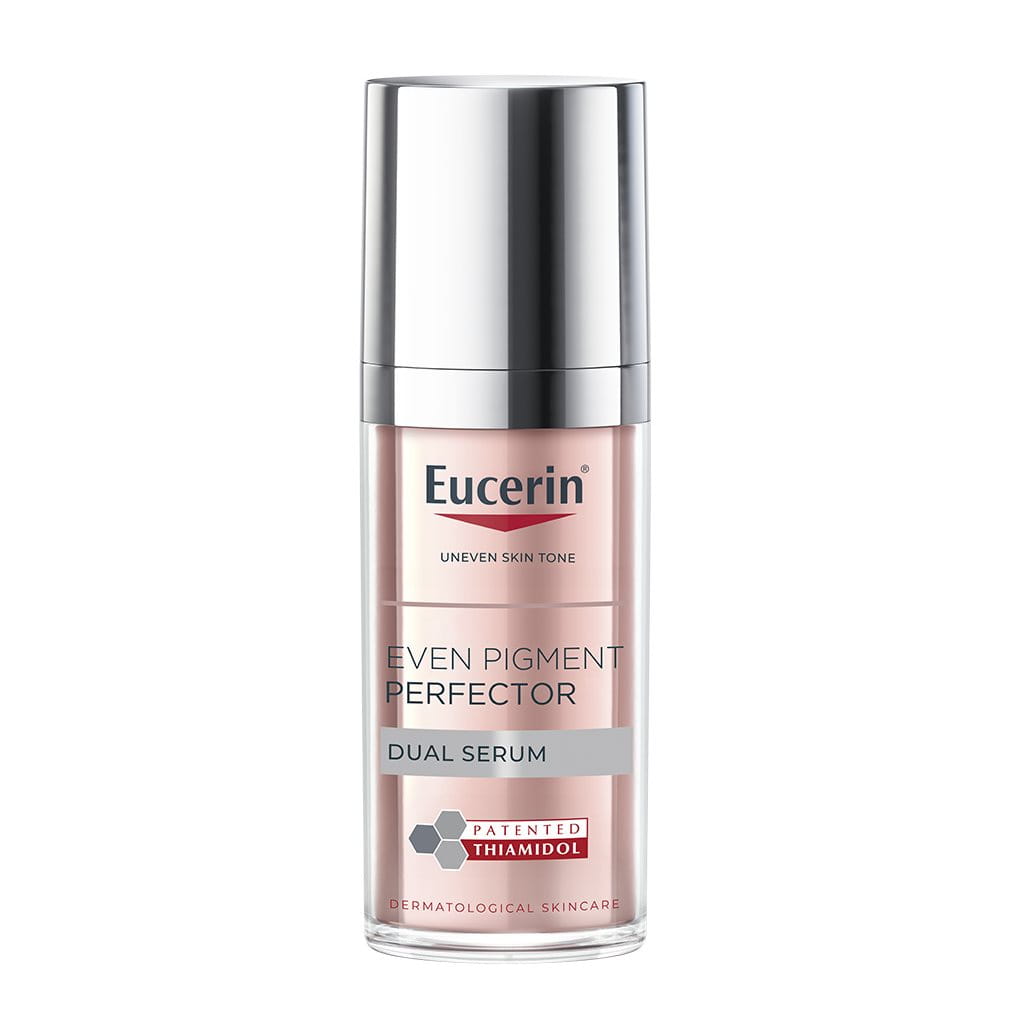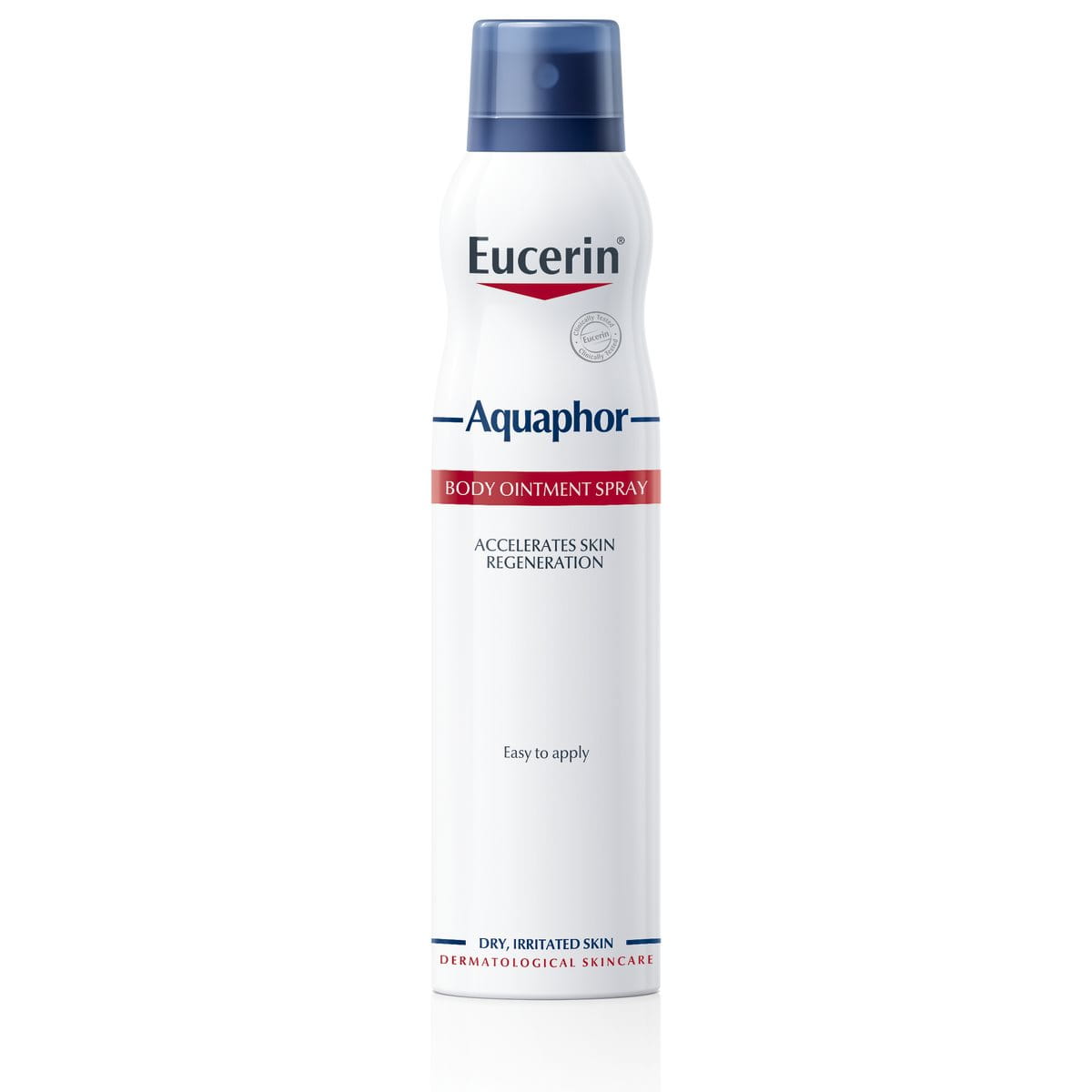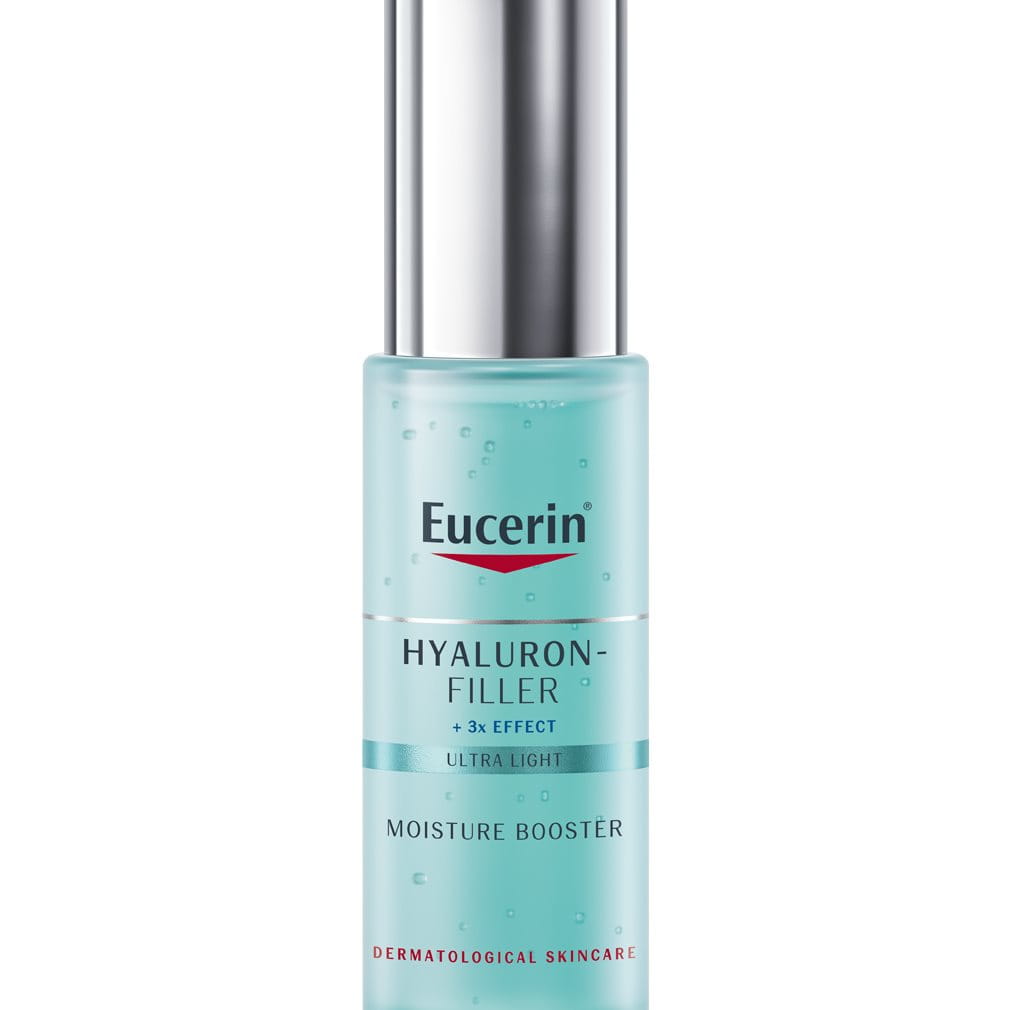Bocklandt, S., Lin, W., Sehl, M. E., Sánchez, F. J., Sinsheimer, J. S., Horvath, S., & Vilain, E. (2011). Epigenetic predictor of age. PloS one, 6(6), e14821. https://doi.org/10.1371/journal.pone.0014821
Bormann, F., et al.: Reduced DNA methylation patterning and transcriptional connectivity define human skin aging. Aging Cell. 2016 Jun;15(3):563-71. doi: 10.1111/acel.12470. Epub 2016 Mar 23. PMID: 27004597; PMCID: PMC4854925.
Gensous, N., Sala, C., Pirazzini, C., Ravaioli, F., Milazzo, M., Kwiatkowska, K. M., Marasco, E., De Fanti, S., Giuliani, C., Pellegrini, C., Santoro, A., Capri, M., Salvioli, S., Monti, D., Castellani, G., Franceschi, C., Bacalini, M. G., & Garagnani, P. (2022). A Targeted Epigenetic Clock for the Prediction of Biological Age. Cells, 11(24), 4044. https://doi.org/10.3390/cells11244044
Horvath S. (2013). DNA methylation age of human tissues and cell types. Genome biology, 14(10), R115. https://doi.org/10.1186/gb-2013-14-10-r115
Levine M. E. (2020). Assessment of Epigenetic Clocks as Biomarkers of Aging in Basic and Population Research. The journals of gerontology. Series A, Biological sciences and medical sciences, 75(3), 463–465. https://doi.org/10.1093/gerona/glaa021
Palmer R. D. (2022). Aging clocks & mortality timers, methylation, glycomic, telomeric and more. A window to measuring biological age. Aging medicine (Milton (N.S.W)), 5(2), 120– 125. https://doi.org/10.1002/agm2.12197
https://www.nm.org/healthbeat/medical-advances/science-and-research/What-is-Your-Actual-Age
https://www.age.mpg.de/what-is-the-epigenetic-clock











